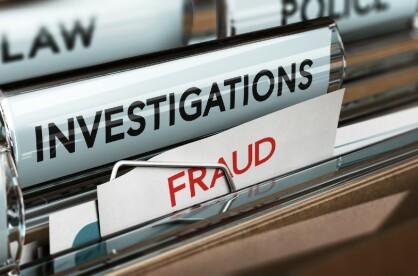Monkeypox - A primer
After the disease was detected in over 70 countries on July 23, the World Health Organization (WHO) declared monkeypox a global emergency.

Source: pbs.org
After the disease was detected in over 70 countries on July 23, the World Health Organization (WHO) declared monkeypox a global emergency.

Source: pbs.org
Everything came to a halt in 2020 as the COVID-19 pandemic hit globally. Finally after two years of waiting, weeks and months of being in and out of quarantine facilities and hospitals and almost two years since most people have set foot on a flight to go on vacation, this year it finally appears that we might be over the worst of COVID-19.
Even when it comes to the Maldives, COVID-19 infection rates have dropped and the tourism industry is picking up. However, just as everything appeared to be getting back to normal, news of a new disease started spreading on the news - and it is a little something called ‘monkeypox’.
According to the World Health Organisation (WHO) monkeypox is a virus transmitted to humans from animals and the symptoms are quite similar to that of smallpox. While monkeypox was first identified back in 1970, the disease was not taken seriously as it was only spreading rurally. However, recently monkeypox has spread to several countries and over 2,000 cases were reported since early May 2022.
After the disease was detected in over 70 countries on July 23, the World Health Organization (WHO) declared the disease a global emergency.
WHO has also stated that the incubation period of the disease is from six to 13 days and the infection can be divided into two parts.
Just like any other disease, there are steps and measures we can all take to ensure we are protected from catching monkeypox. One of the first and most important things we can do is avoid close skin-to-skin contact especially if you suspect someone has monkeypox. If someone you know has monkeypox or if you suspect someone has it, avoid touching any objects or places that have come in contact with that person. Lastly, wash your hands often with soap, using sanitiser especially before or after touching your face can help you keep safe from both monkeypox and COVID-19.
Second- and third-generation smallpox vaccines with improved safety profiles have been developed, and one has been approved for monkeypox prevention. This vaccine is based on a vaccinia virus strain (known generically as modified vaccinia Ankara Bavarian Nordic strain, or MVA-BN). In Canada and the United States of America, this vaccine is approved for the prevention of monkeypox.
In the Maldives, the Ministry of Health is already taking measures to identify and take preventative measures against monkeypox spreading in the country. The Ministry of Health has stated that they are currently working to facilitate monkeypox testing at Indira Gandhi Memorial Hospital (IGMH).



